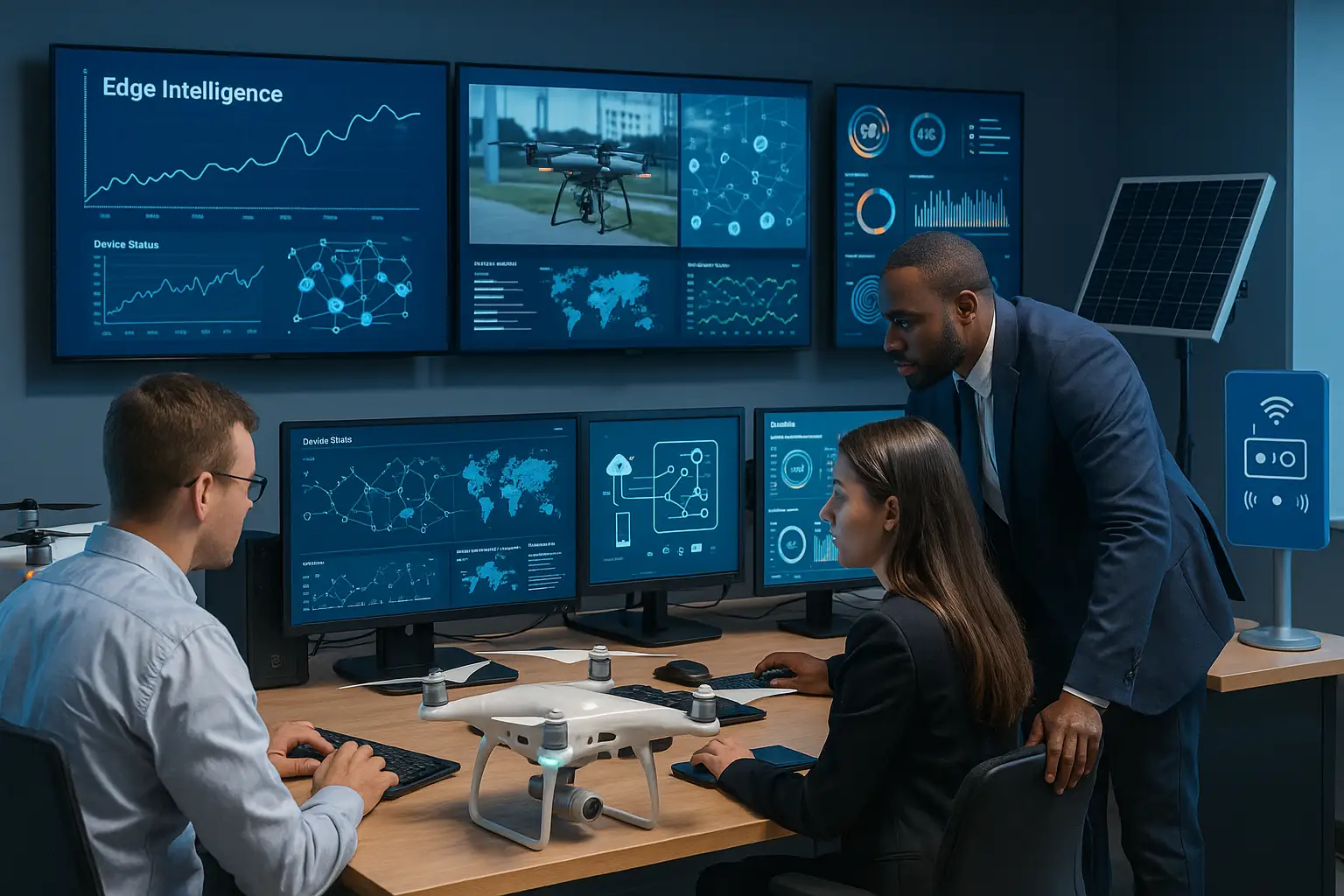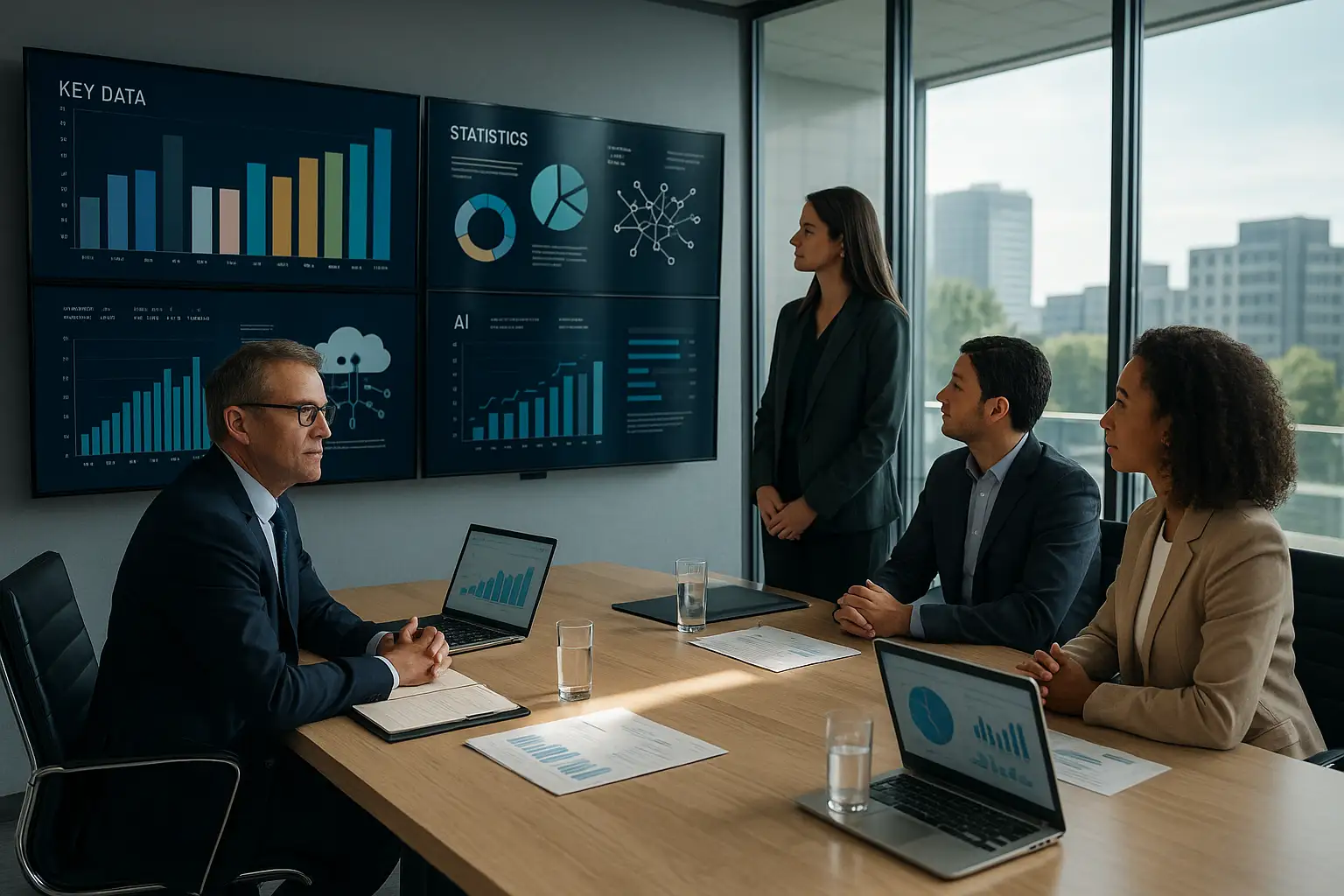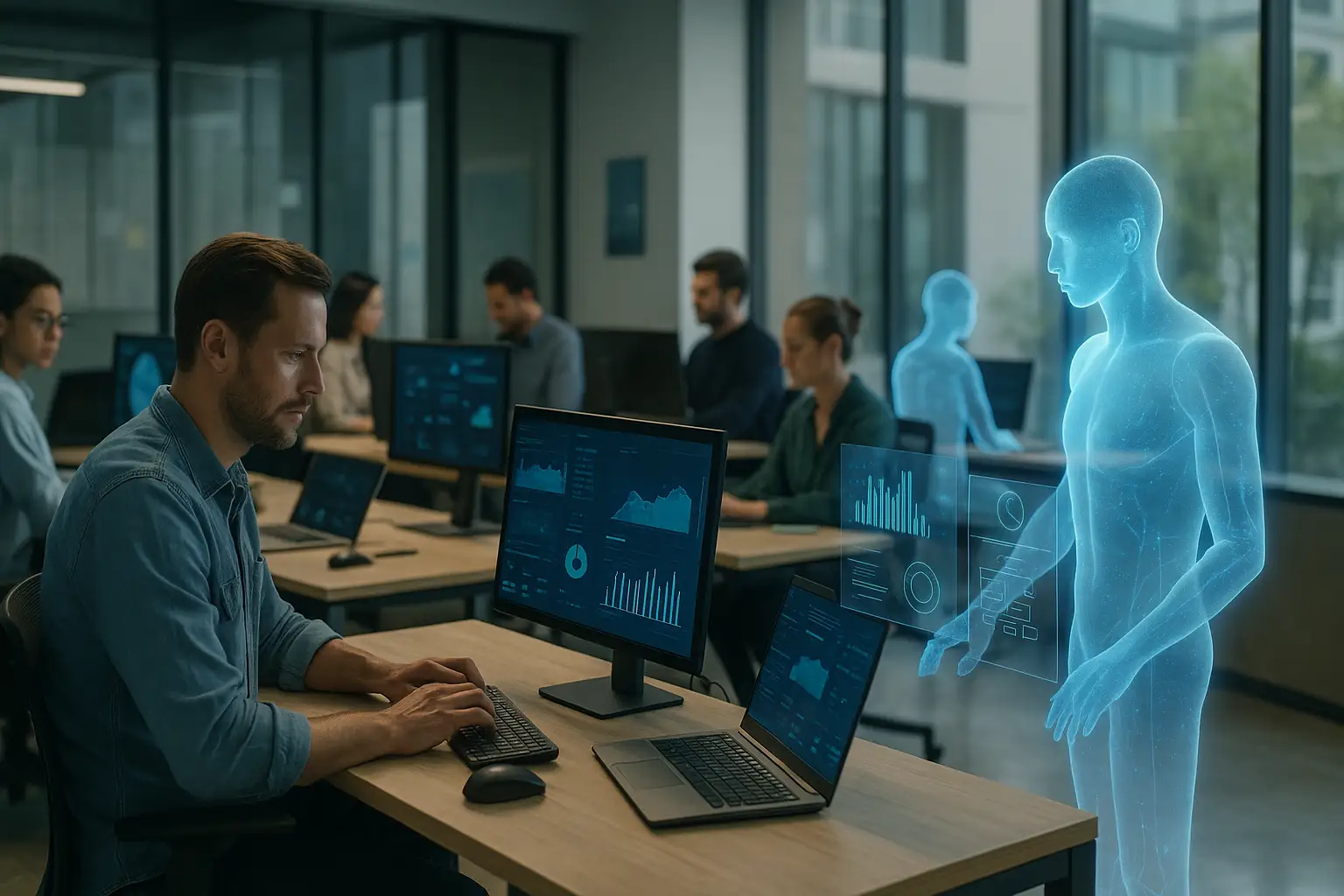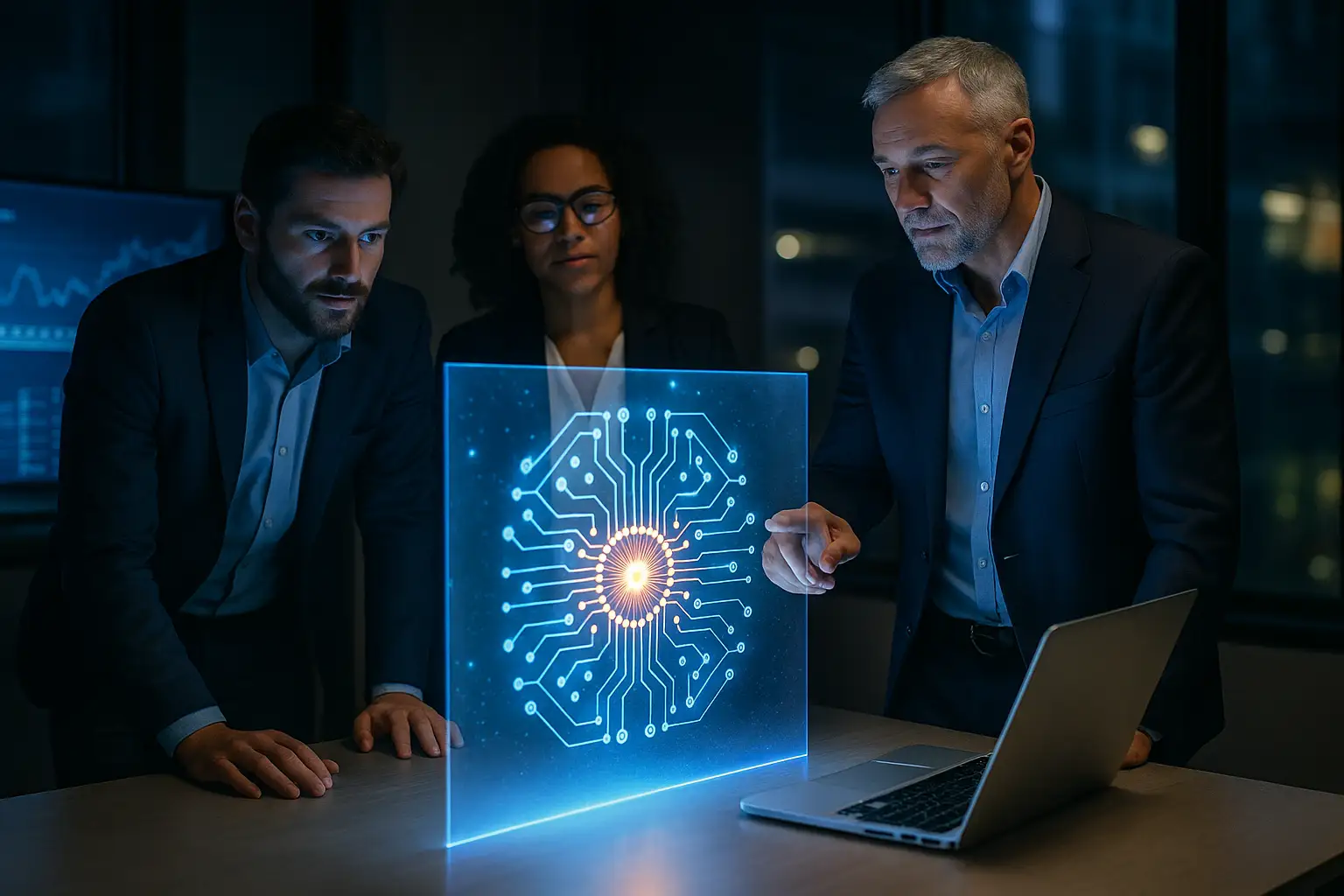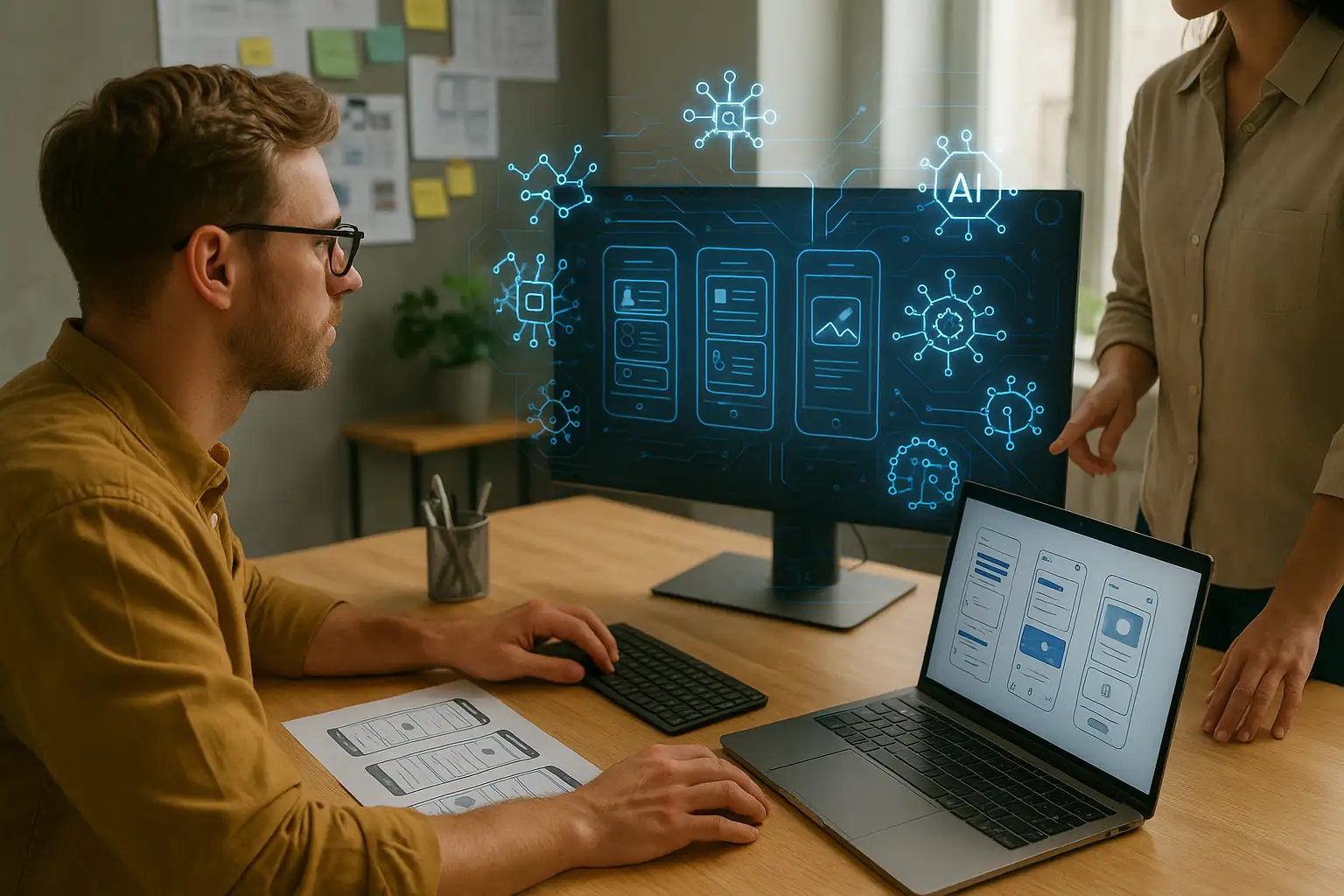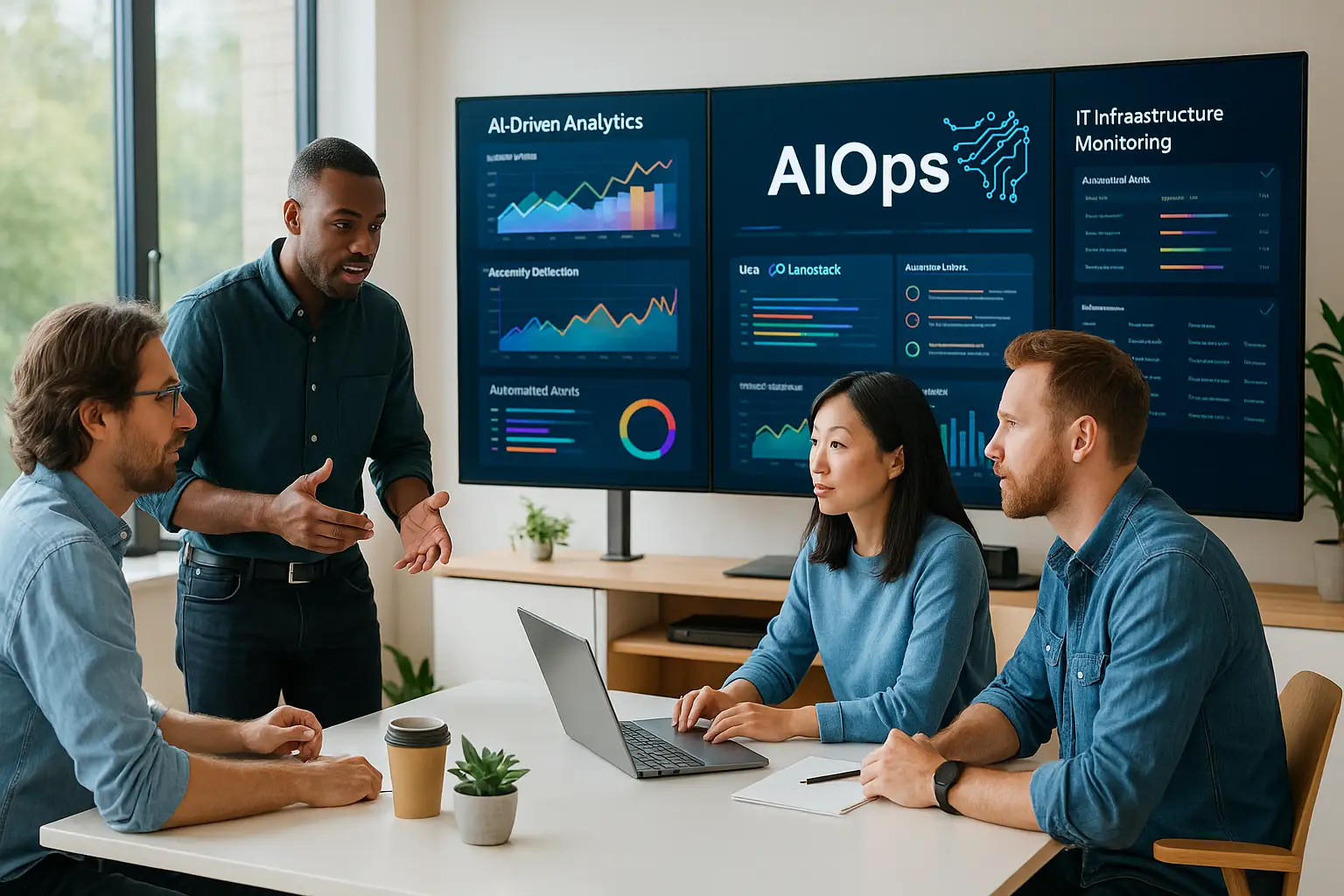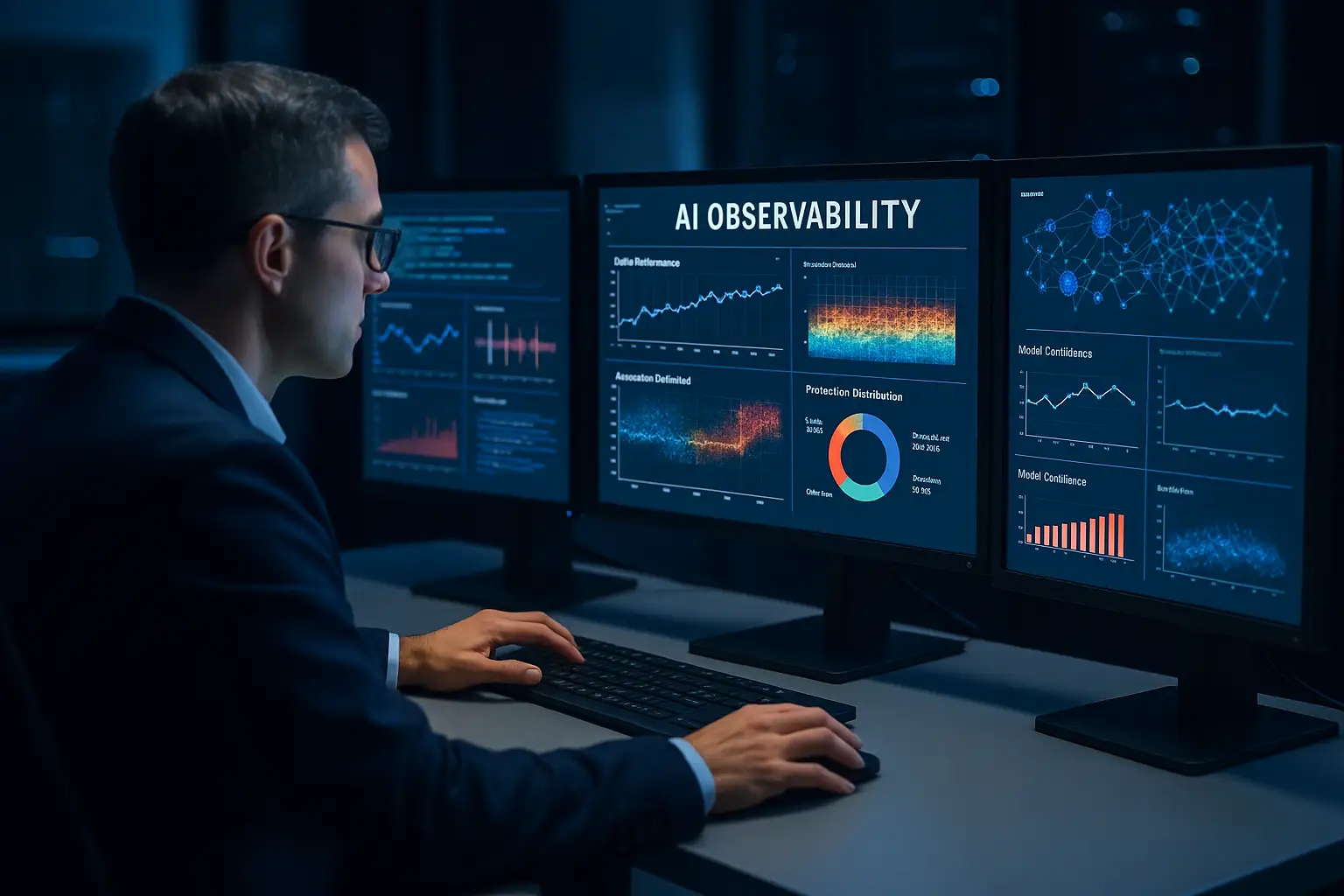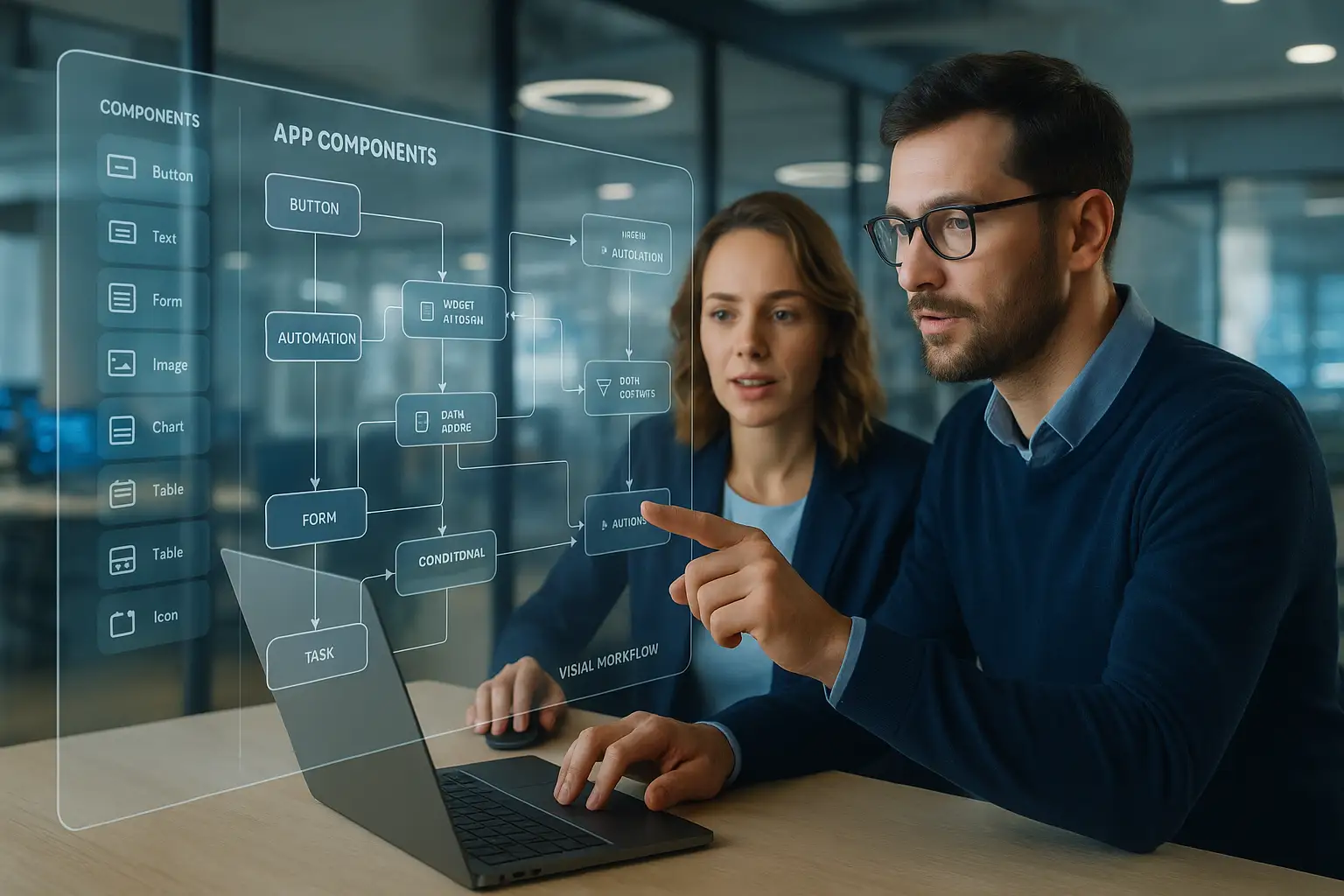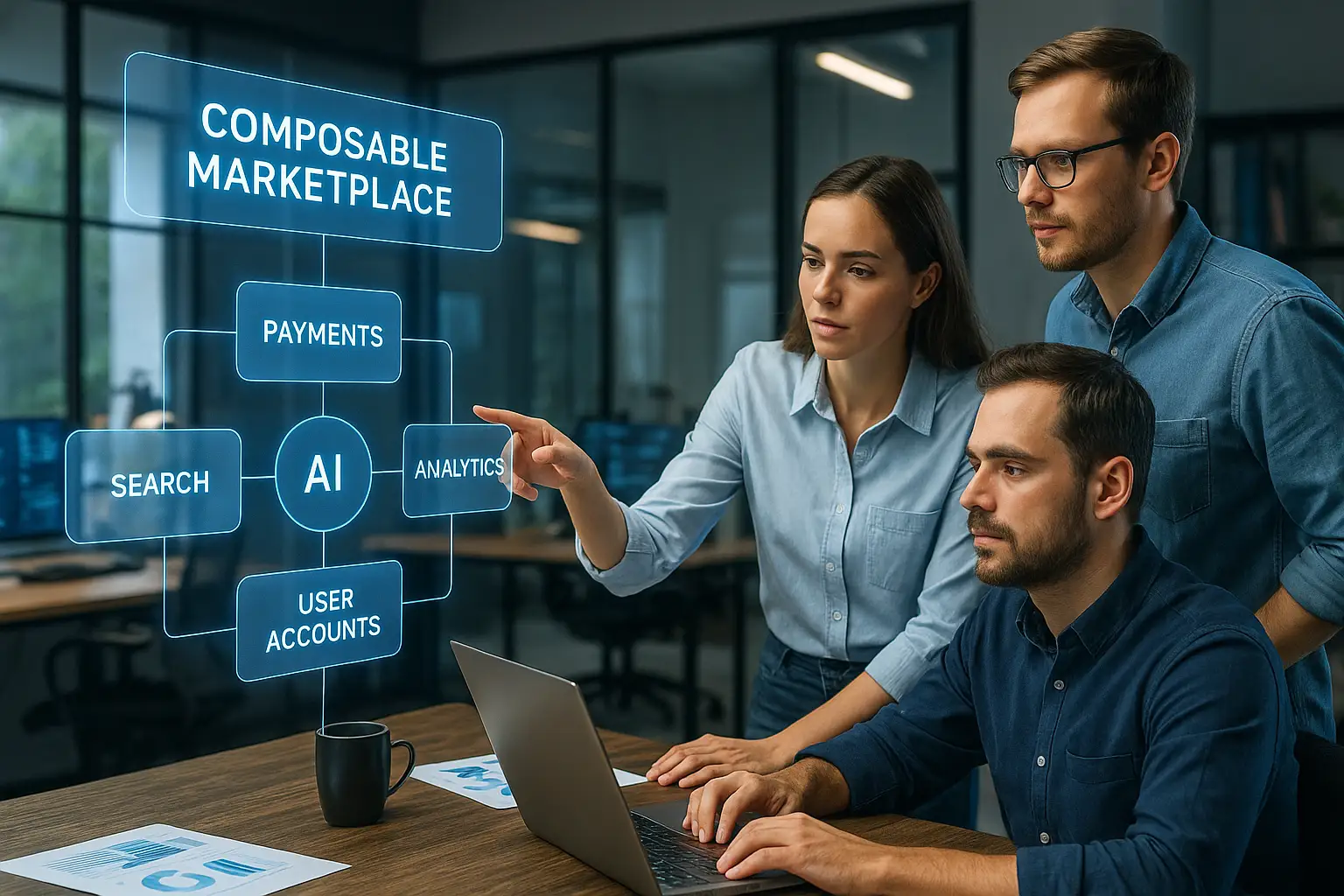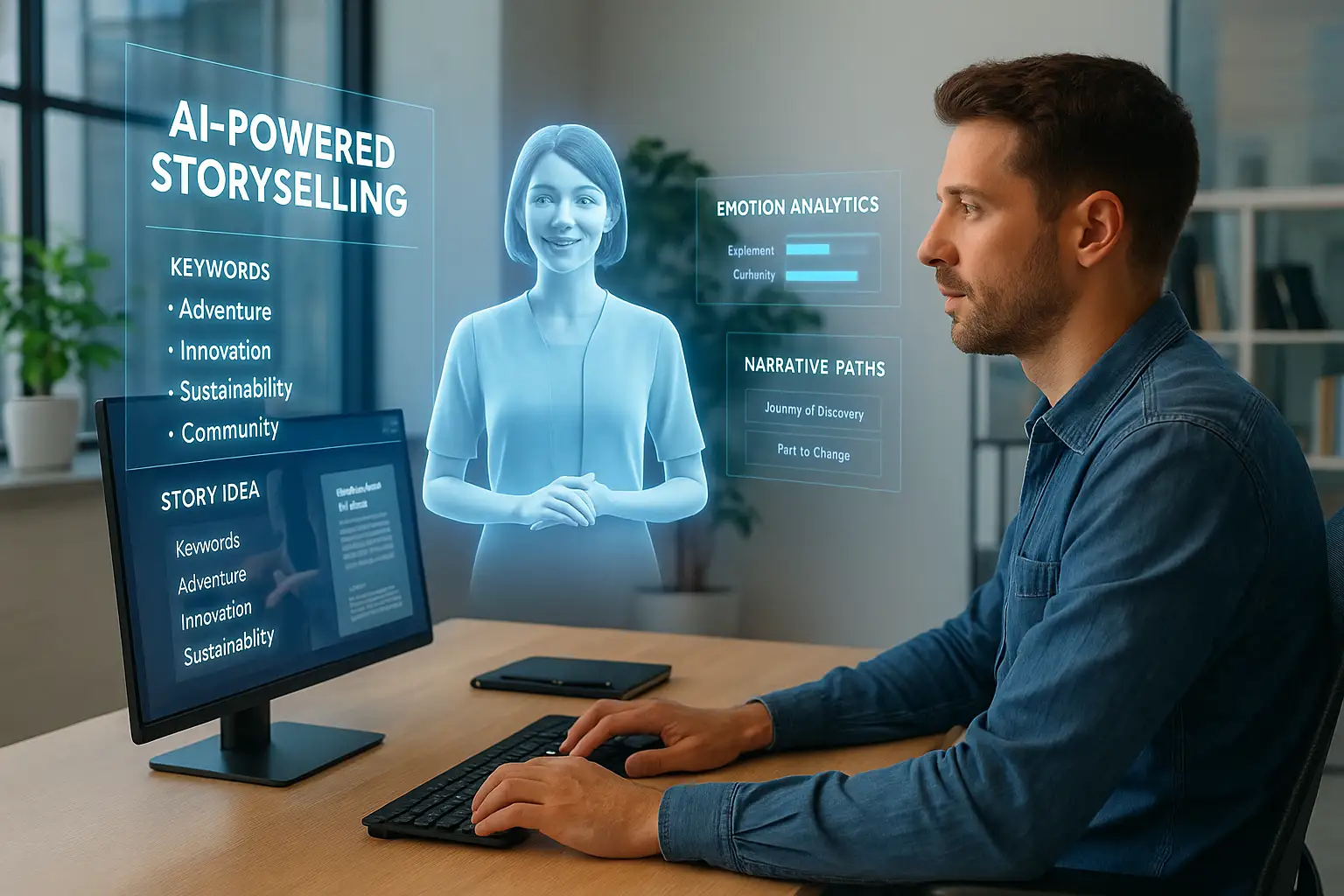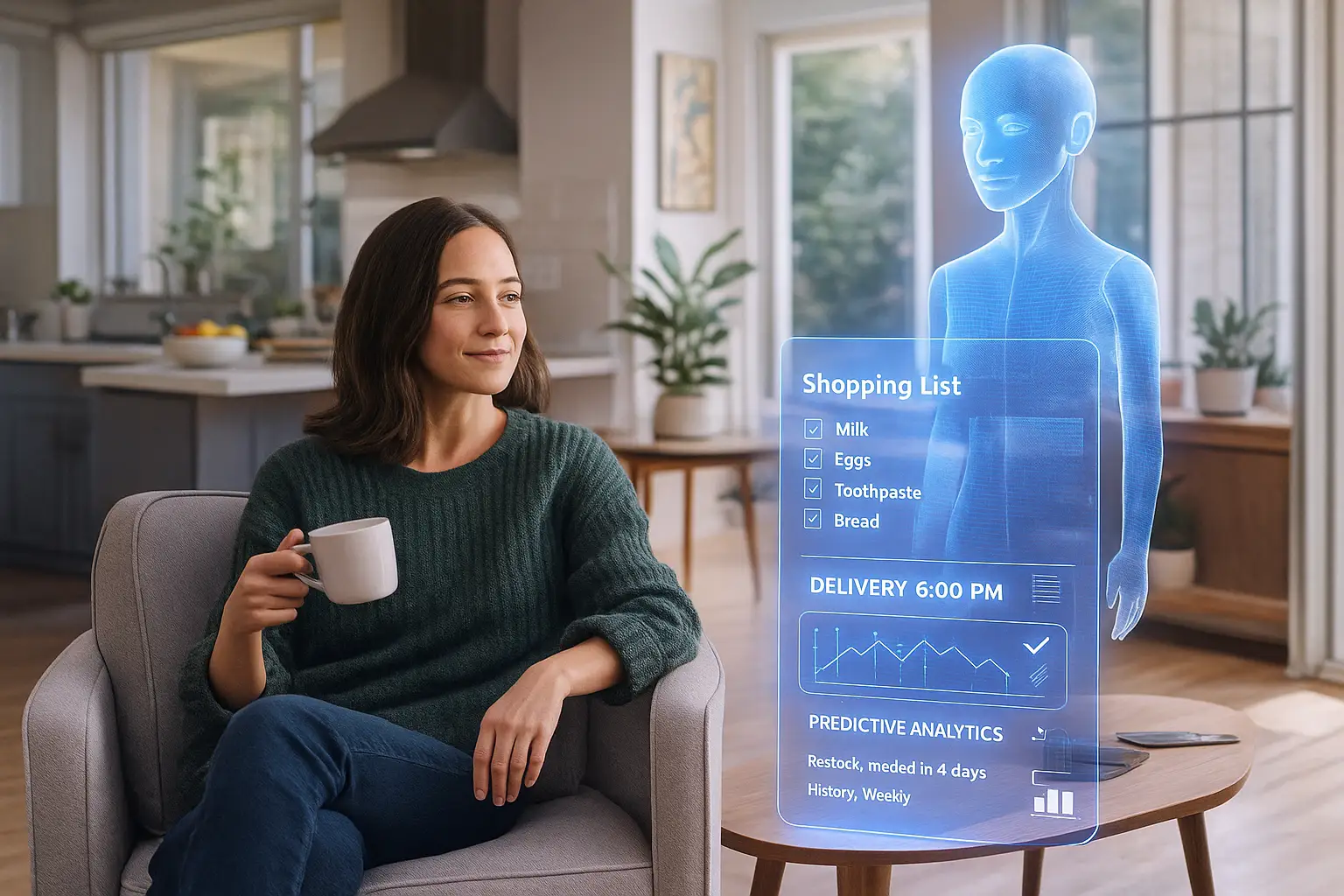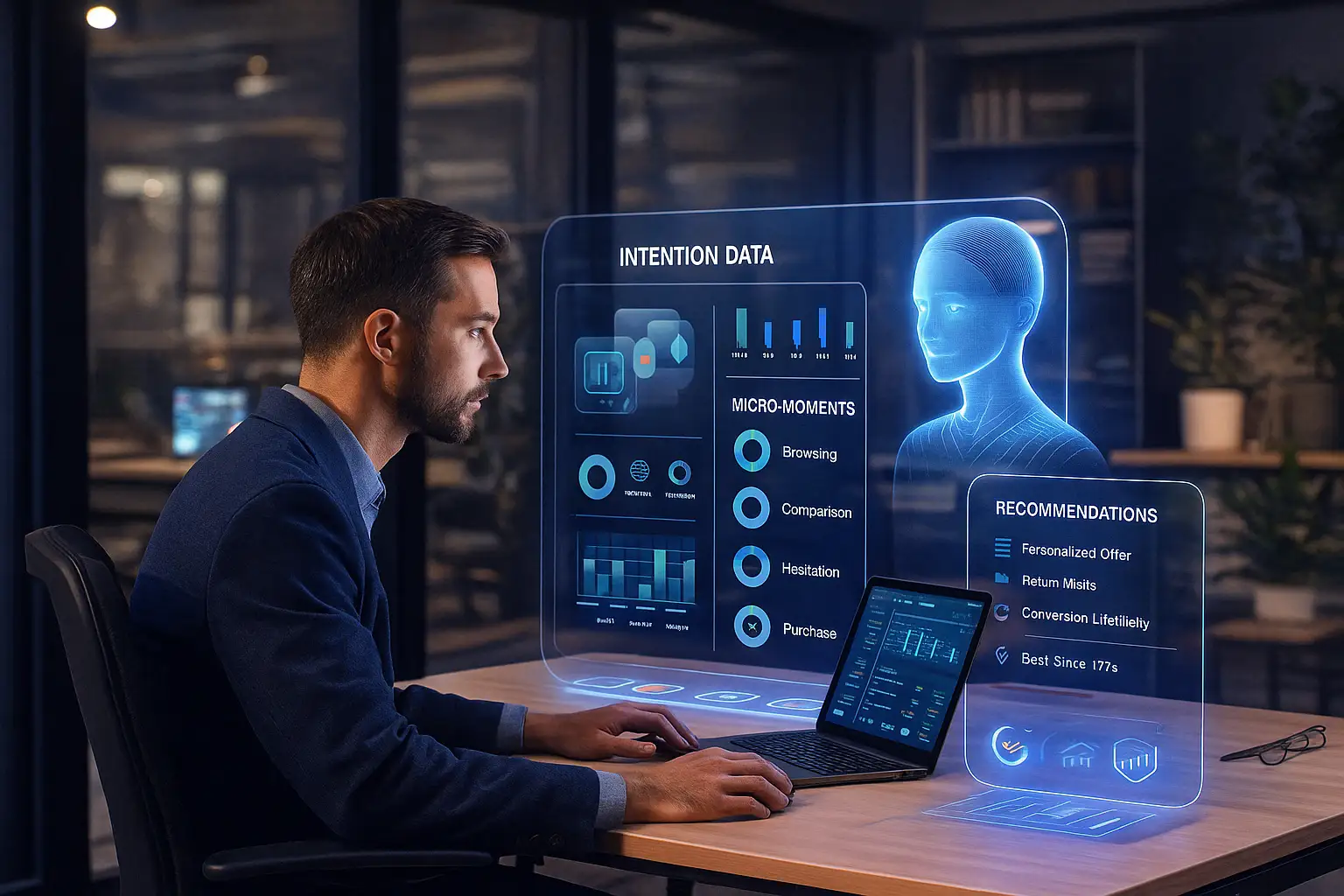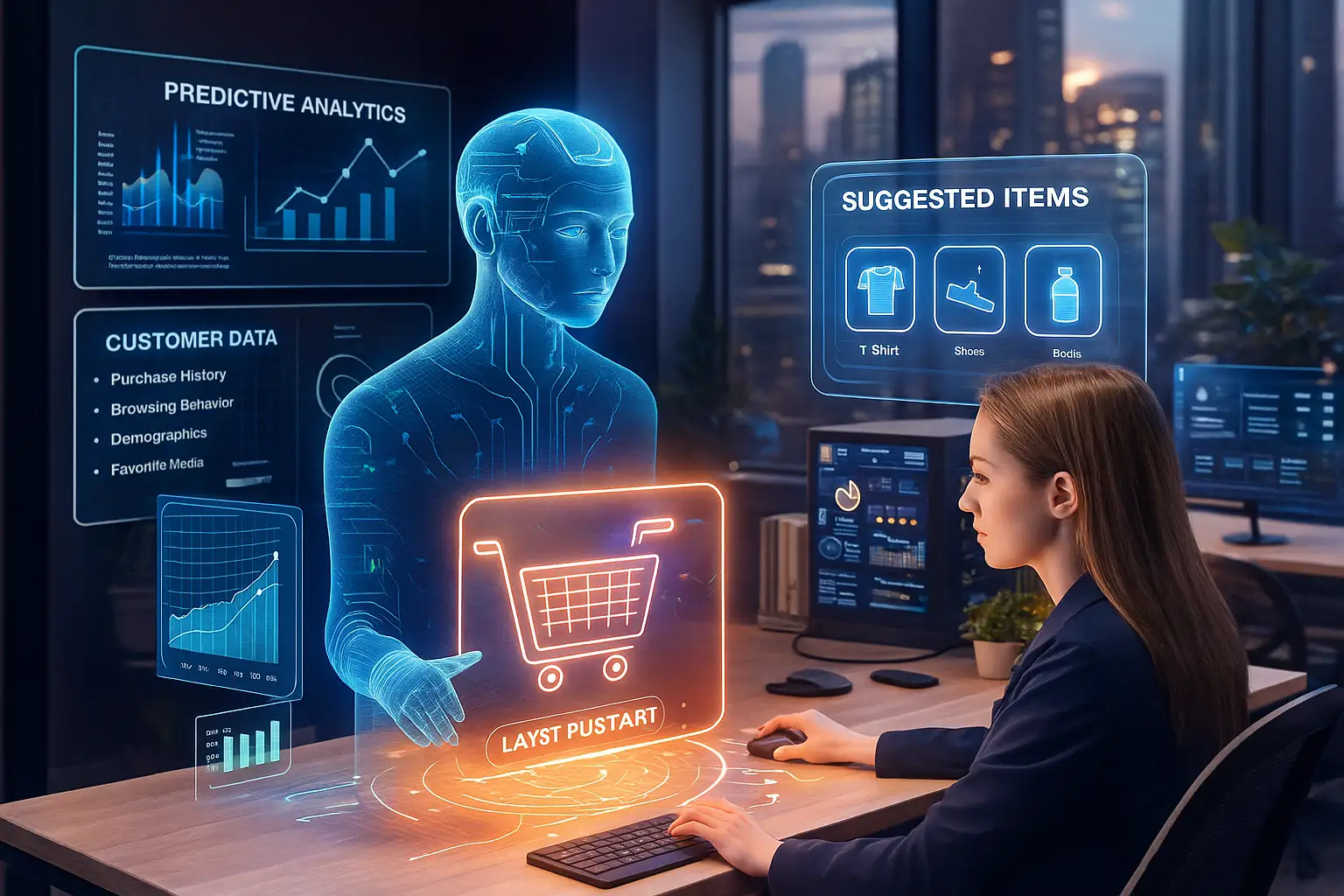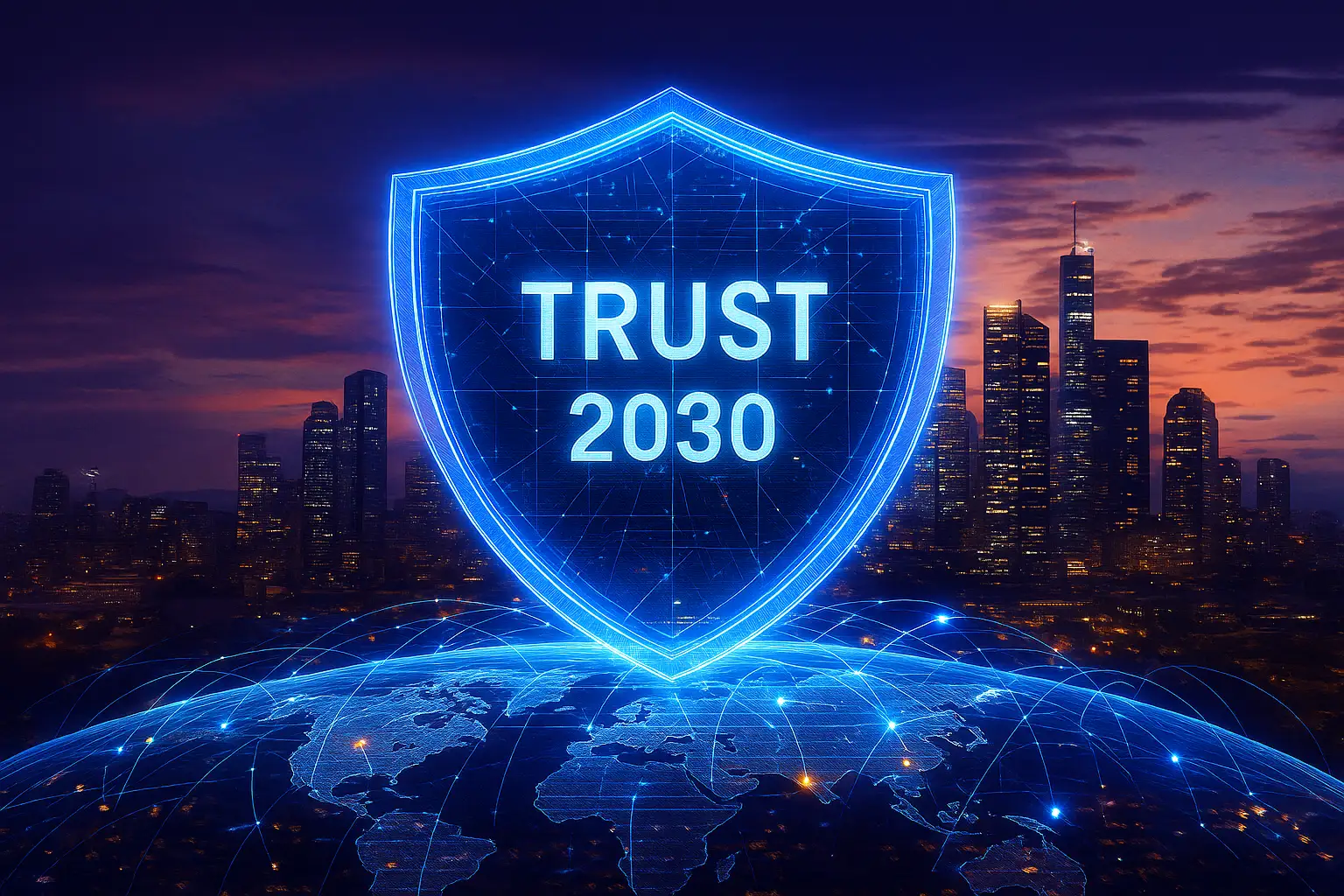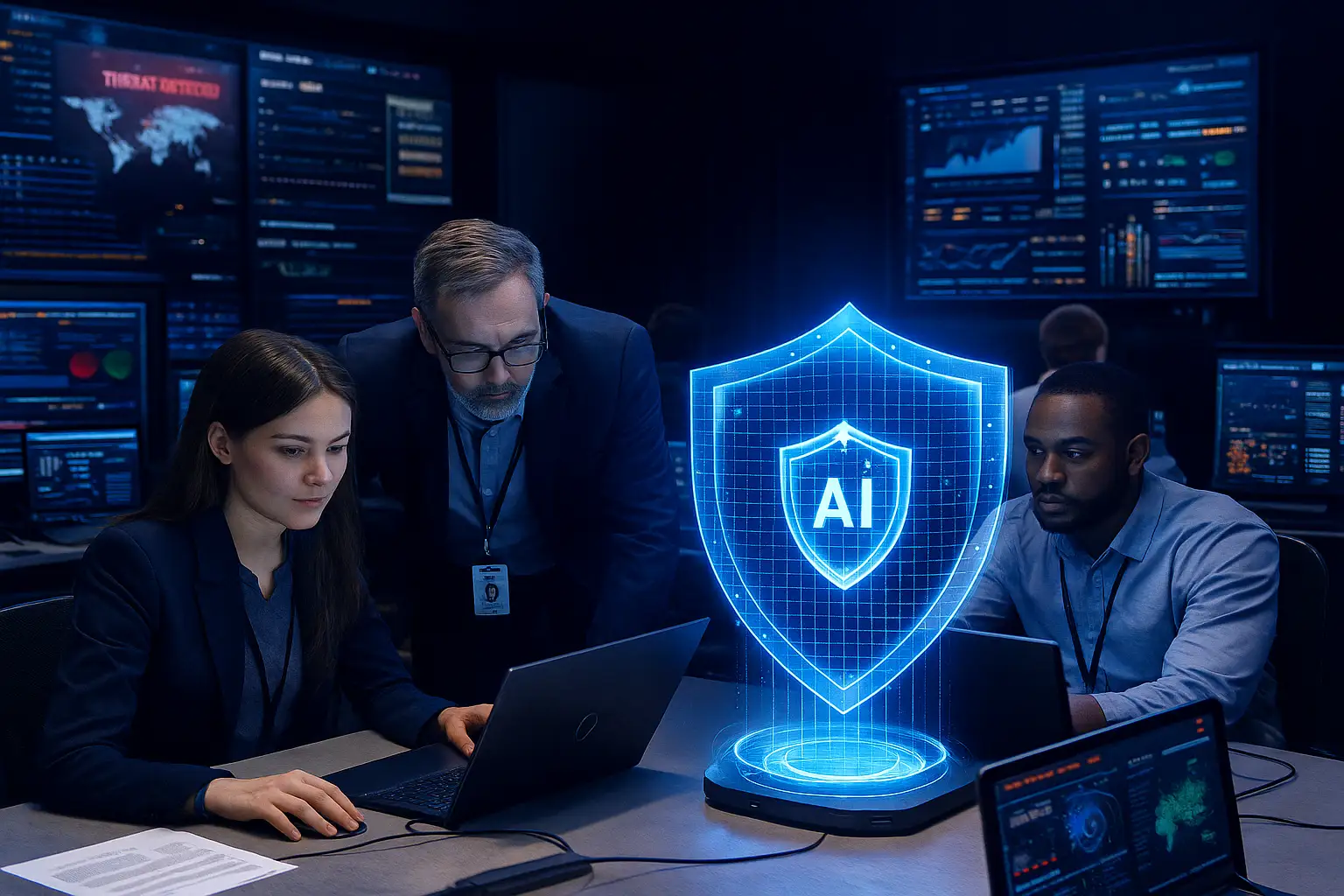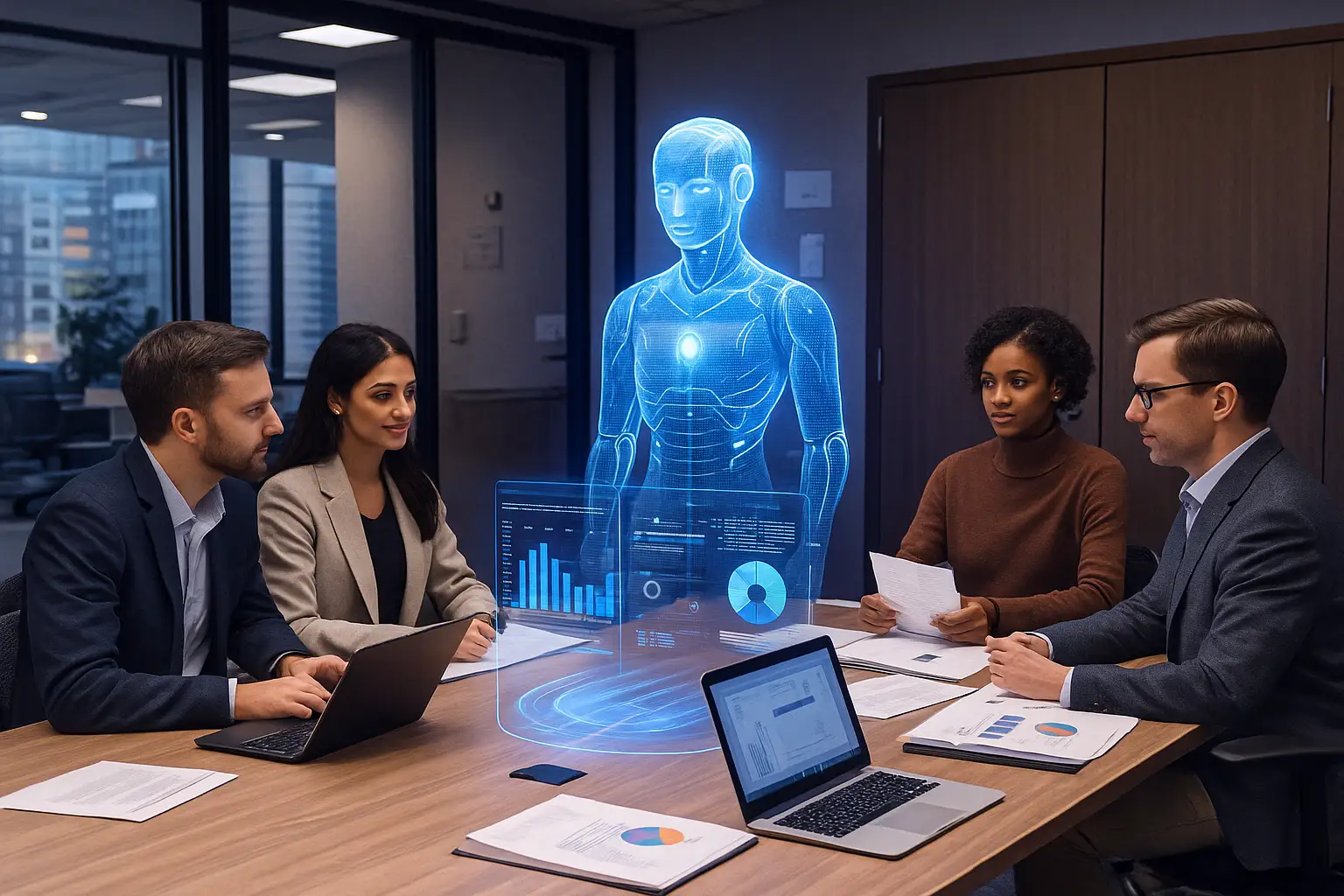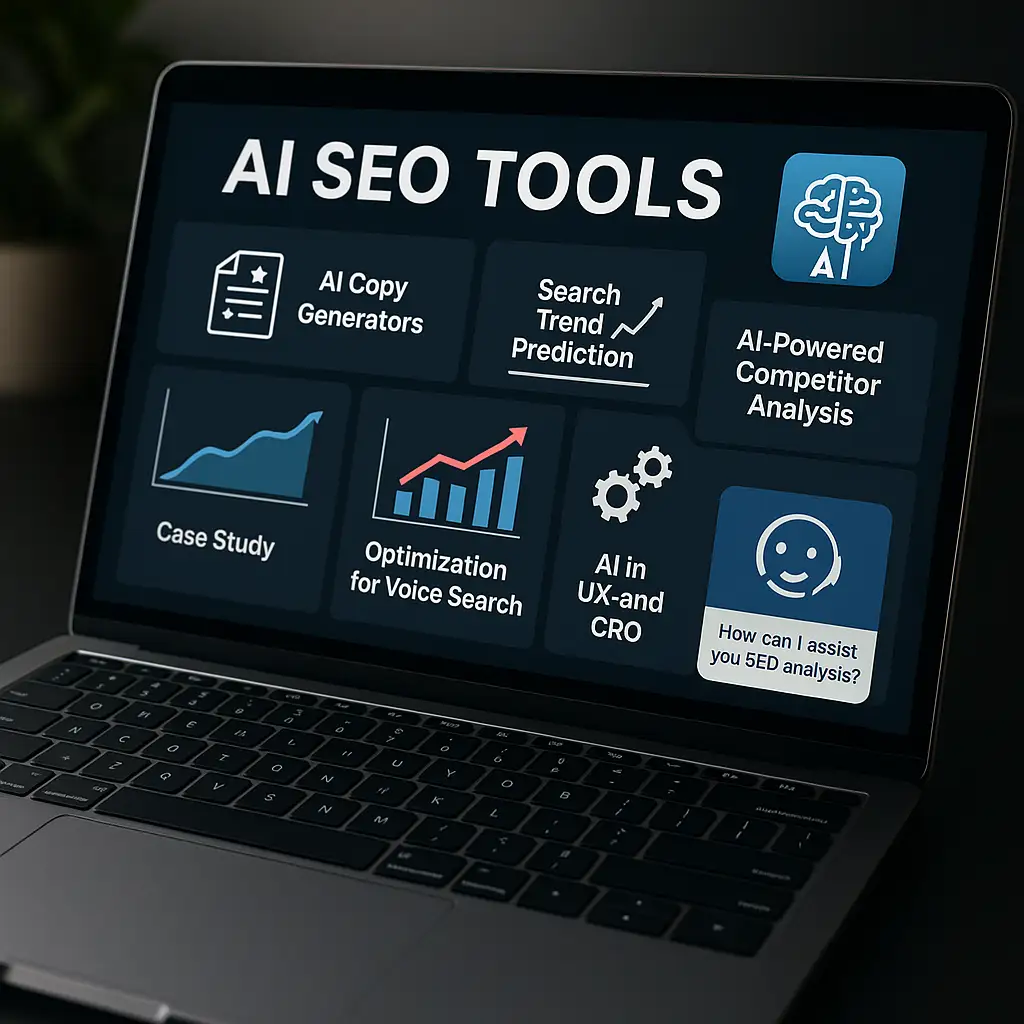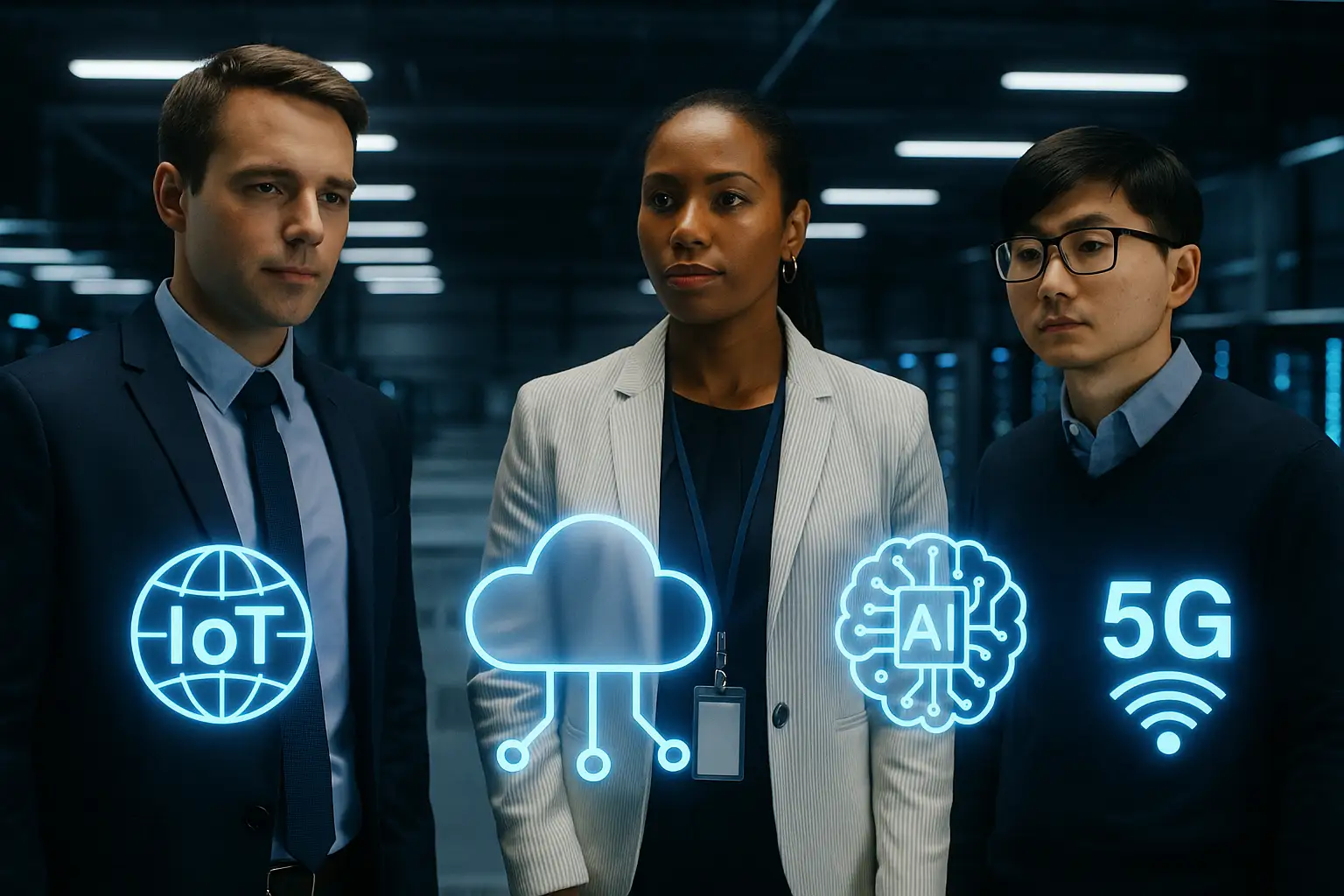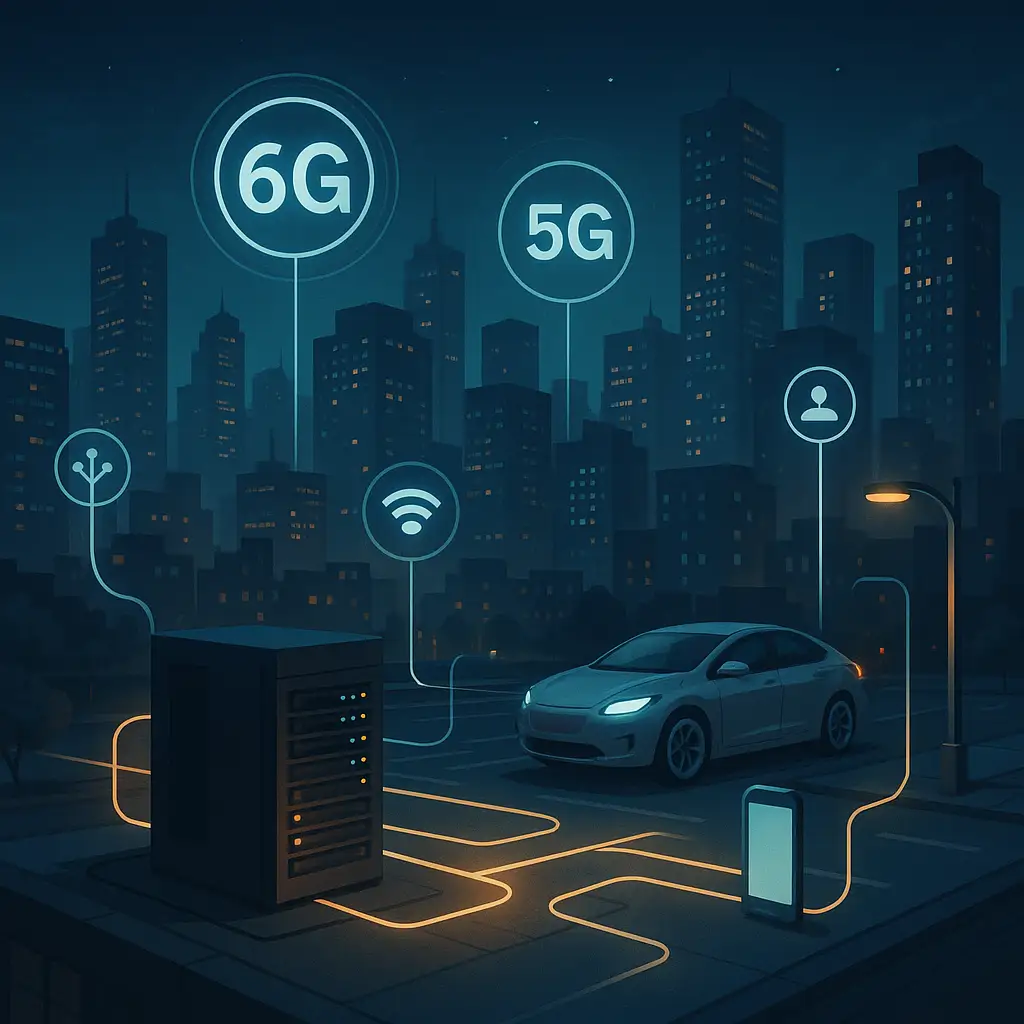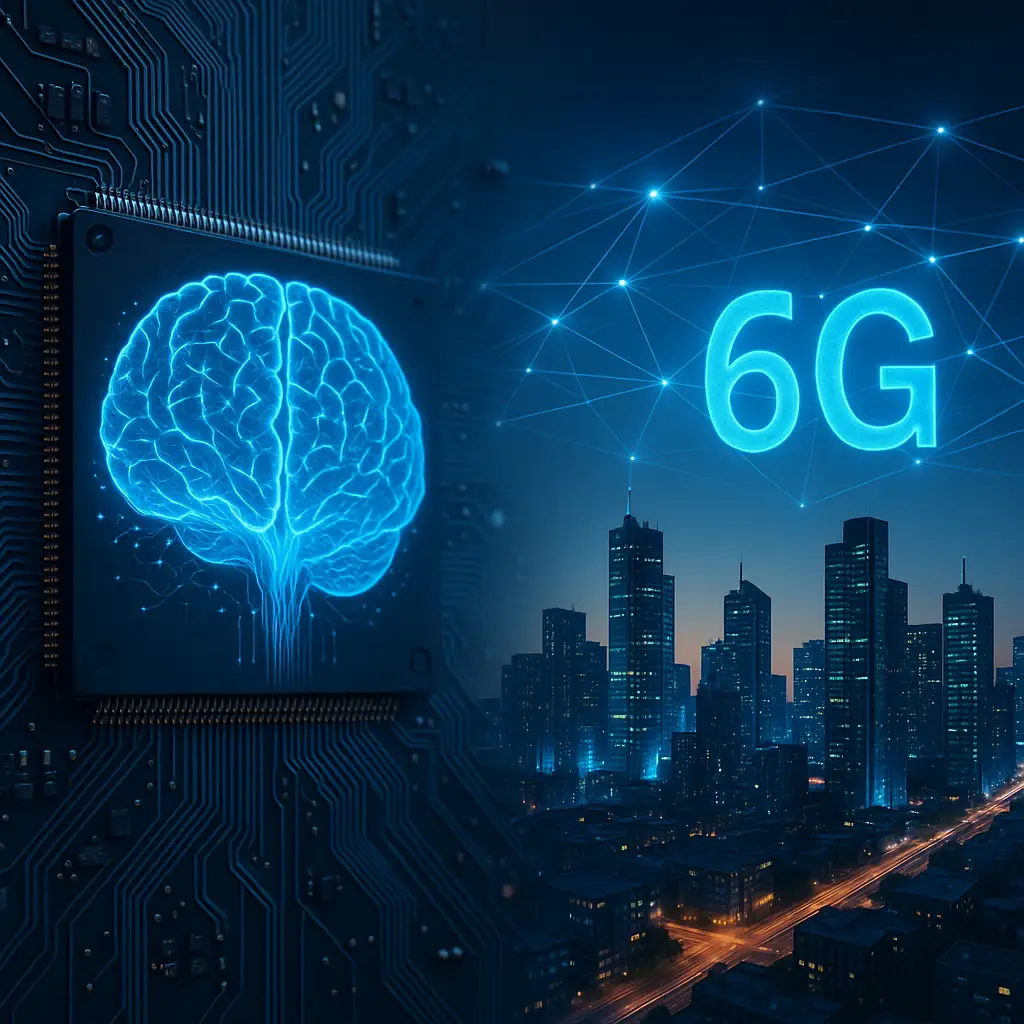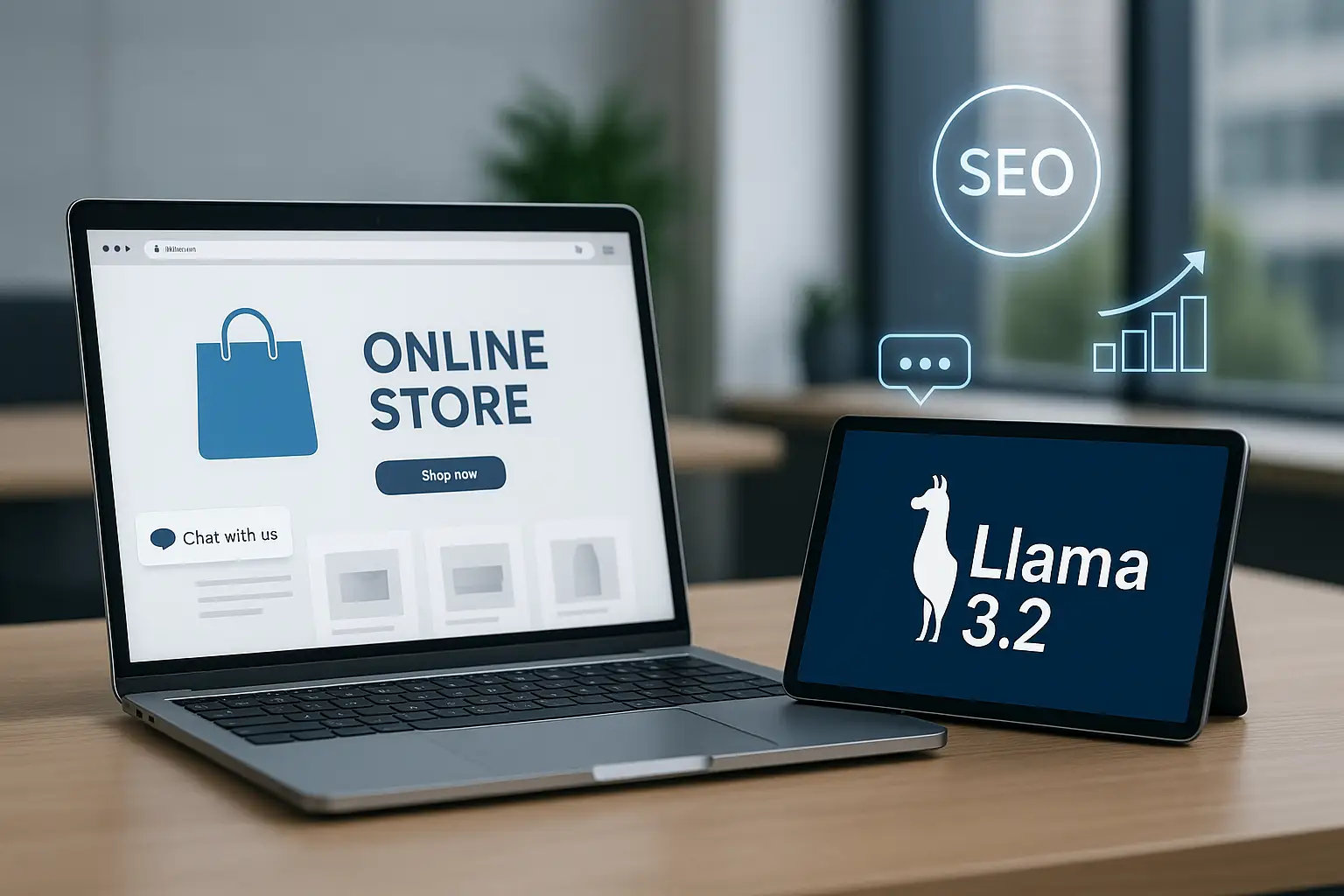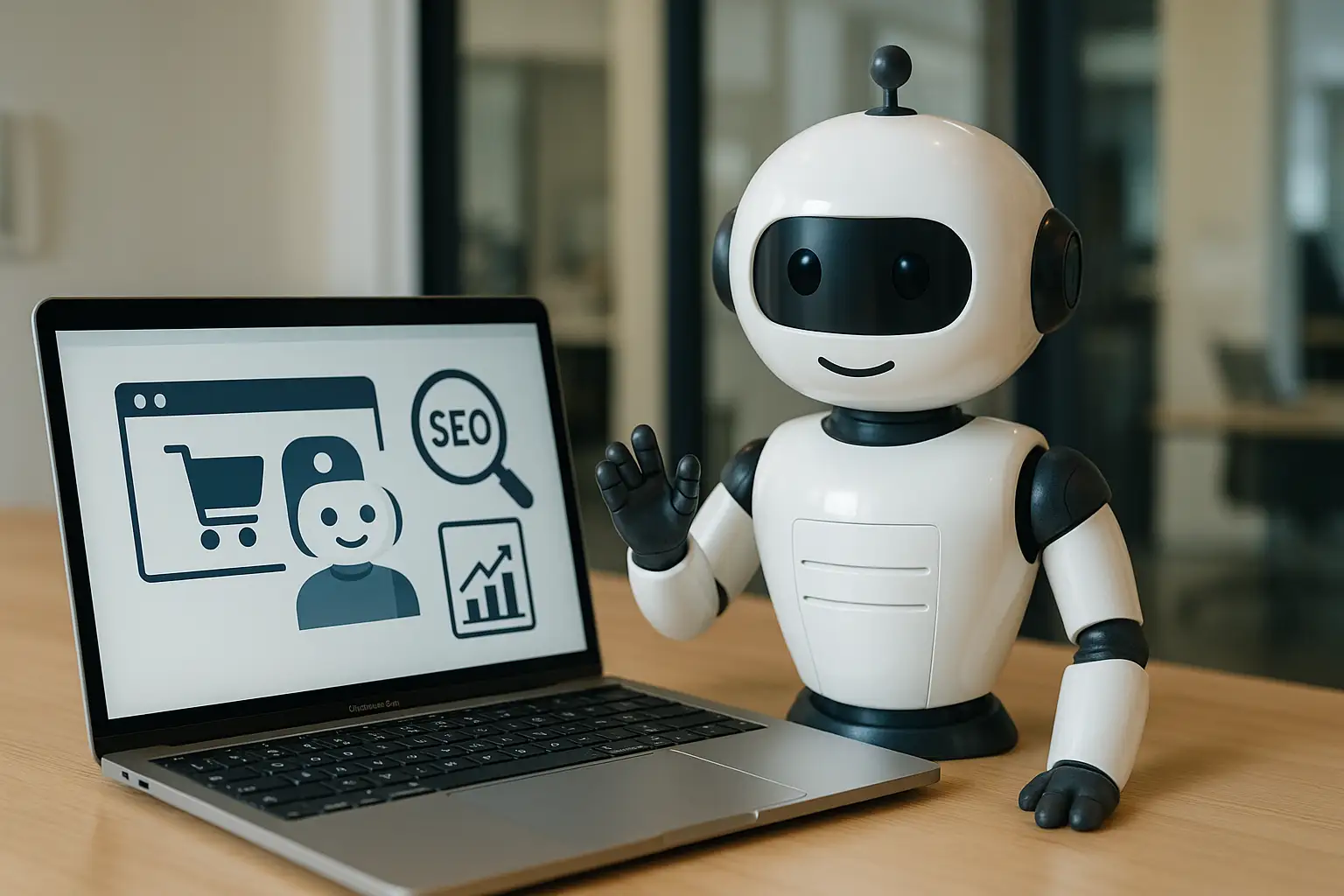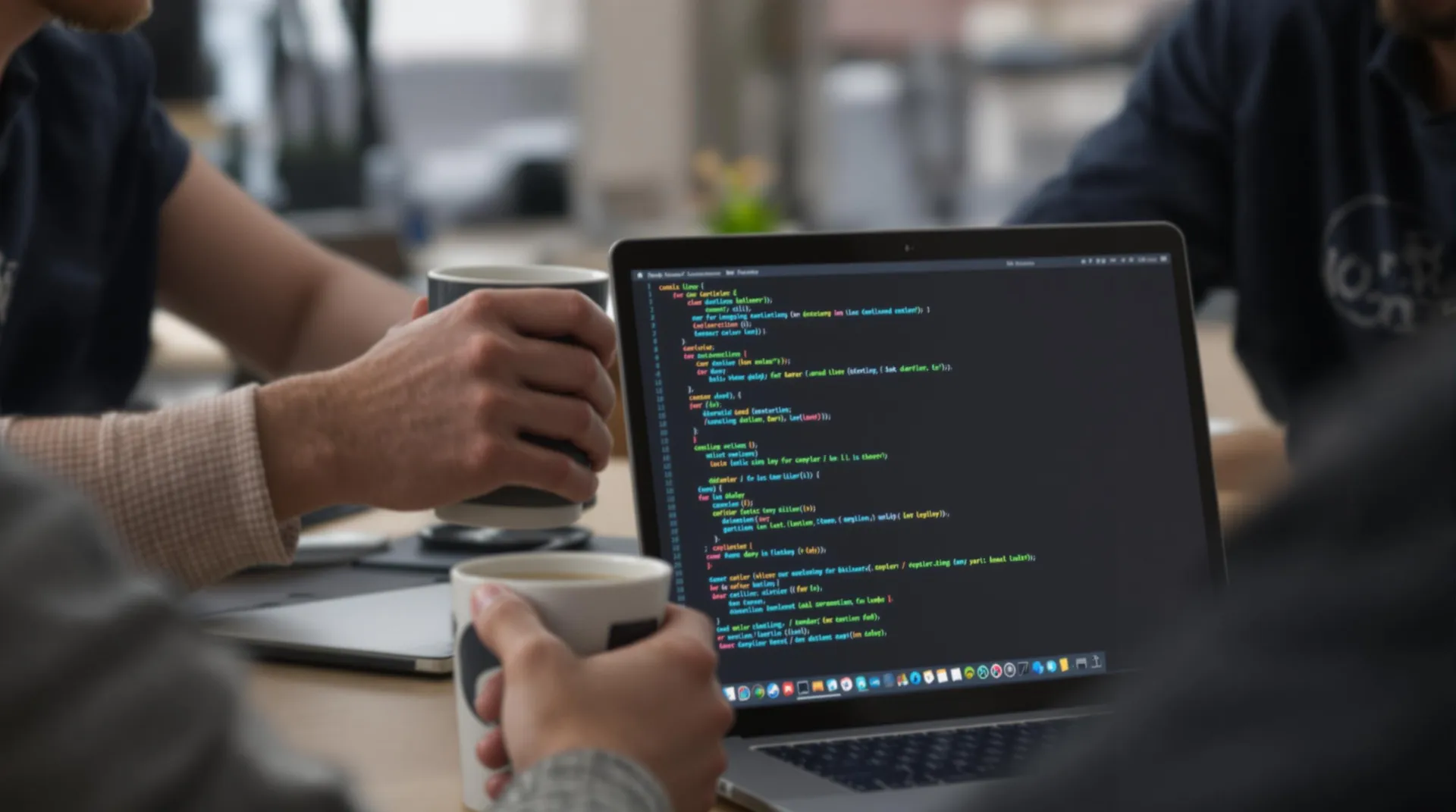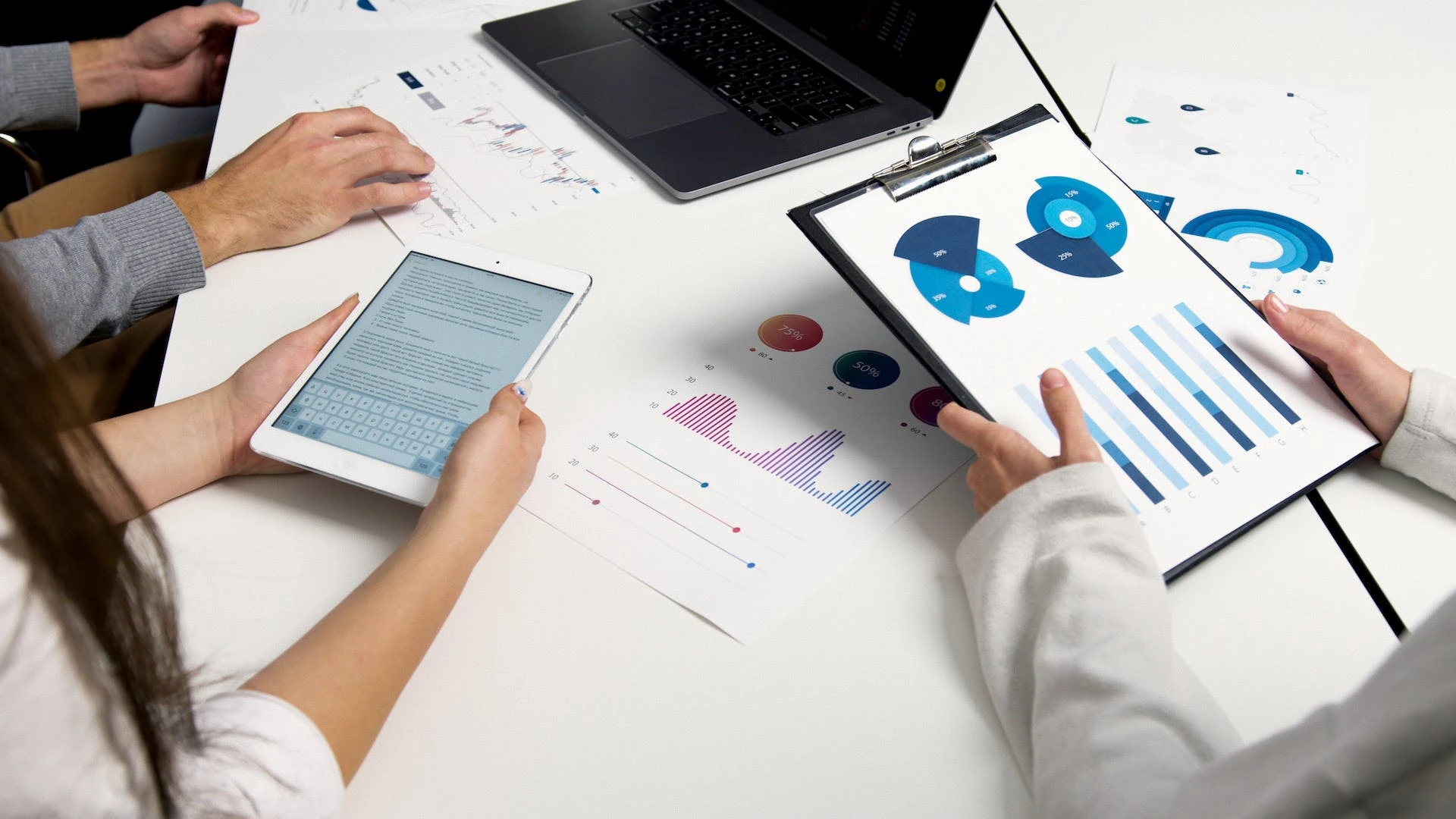AI-Driven Observability: The New Backbone of Modern Software Systems
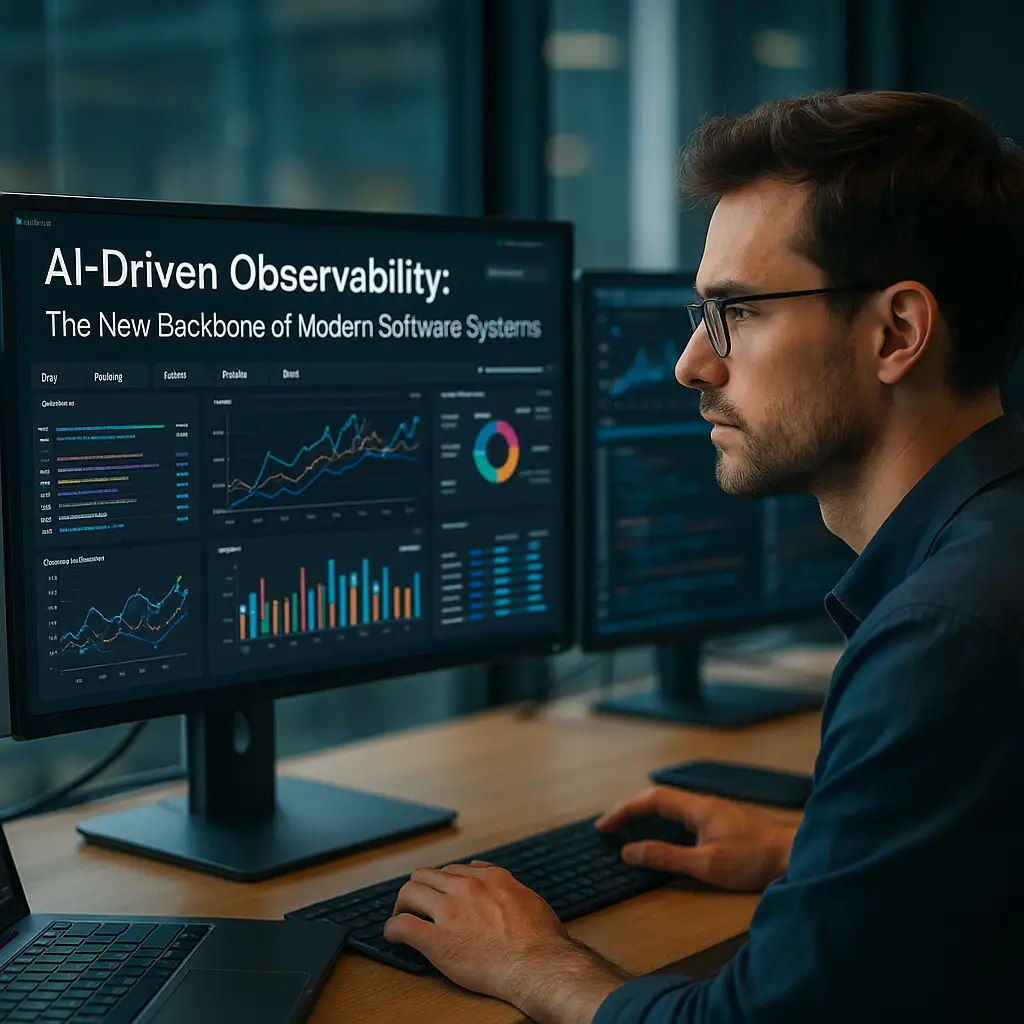
AI-Driven Observability: The New Backbone of Modern Software Systems
1. Introduction
Modern software is no longer a single, predictable application.
It’s a dynamic universe of microservices, APIs, containers, edge nodes, queues, and distributed workloads across multiple clouds.
With this complexity comes a problem:
Traditional monitoring cannot keep up.
Observability — the ability to understand a system’s internal state from its external outputs — has emerged as a requirement, not an option.
Now, in 2025, observability is entering a new phase: AI-driven intelligence, where machine learning turns raw telemetry into actionable insights.
The future of reliability isn’t human-powered — it’s algorithm-powered.
2. What Is AI-Driven Observability?
AI-driven observability combines:
- logs
- metrics
- traces
- events
- user behavior
- system topology
…with machine learning models that understand patterns, detect anomalies, and diagnose issues automatically.
Unlike legacy systems that alert after failures, AI observability systems:
- detect early warning signals,
- identify the true root cause,
- correlate events from across distributed systems,
- and even recommend or automate fixes.
It’s observability that doesn’t just show dashboards — it thinks.
3. Why Modern Software Requires AI Observability
A. Complexity Explosion
Cloud-native architectures involve thousands of moving parts. Humans cannot understand them in real time without intelligent assistance.
B. Noise Overload
Monitoring systems generate millions of signals daily. AI filters noise and highlights what actually matters.
C. Real-Time Expectations
Downtime today is measured in seconds, not minutes.
AI provides predictive detection before failure occurs.
D. Adaptive Infrastructure
Autoscaling, serverless, and multi-cloud setups change constantly.
Only AI can track these changes instantly.
4. How AI Powers Next-Generation Observability
1. Anomaly Detection
Machine learning identifies unusual patterns across metrics (latency, CPU, error rates) without pre-defined thresholds.
2. Intelligent Root Cause Analysis
AI correlates logs, topology maps, and traces to find the single underlying issue — reducing hours of debugging to seconds.
3. Predictive Analytics
Systems like Datadog AIOps, Dynatrace Davis AI, and New Relic AI forecast failures before they impact users.
4. Automated Remediation
AI-driven systems can:
- restart failing services,
- scale infrastructure,
- roll back deployments,
- update routing rules,
- without human intervention.
5. Contextual Alerts
Instead of alert storms, engineers receive a single alert with full context:
what happened, why it happened, and what to do next.
5. Benefits for Engineering Teams
Faster Incident Response (MTTR↓)
AI reduces Mean Time To Resolution by up to 80%.
Better Developer Experience
Less time spent debugging means more time building.
Higher Reliability
Predictive detection eliminates many failures before they happen.
Lower Operational Cost
AI reduces dependency on large on-call teams and manual investigation.
Increased Release Velocity
Teams ship faster because observability provides safety and clarity.
6. Real-World Applications
E-Commerce & Marketplaces
AI detects checkout issues or payment gateway failures before users abandon their carts.
FinTech
Fraud detection and transaction anomalies are flagged in milliseconds.
SaaS Platforms
Multi-tenant systems automatically isolate problematic workloads.
IoT & Edge Networks
Large device fleets require AI-driven pattern recognition for scale and reliability.
7. The Architecture of AI Observability
A modern intelligent observability system includes:
- Telemetry collectors (OpenTelemetry, Jaeger)
- AI engines (anomaly detection, correlation, prediction)
- Knowledge graphs mapping relationships between services
- Real-time dashboards for engineers
- Automated remediation pipelines linked to orchestration tools
Together, they create a self-learning nervous system for software.
8. Challenges
- Model drift — AI needs accurate data to stay reliable.
- Cost — telemetry pipelines can be expensive at scale.
- False positives — poorly trained algorithms increase alert fatigue.
- Security — sensitive logs and traces must be protected.
Organizations must combine governance, data hygiene, and continuous training to achieve stable AI observability.
9. The Future of Engineering: Autonomous Operations
We are entering the era of self-healing software.
Soon, systems will:
- detect problems,
- analyze root cause,
- apply fixes,
- validate results,
- and record learnings
— without human intervention.
This is not science fiction: Kubernetes, serverless platforms, and AIOps tools are already moving in this direction.
In the next five years, engineering teams will shift from reactive firefighting to strategic, high-level problem-solving, supported by autonomous digital operators.
10. Conclusion
AI-driven observability is more than a monitoring upgrade — it’s a transformation in how software is built, deployed, and maintained.
In a world of distributed cloud systems and instant user expectations, only AI can deliver the speed, clarity, and intelligence required to keep systems reliable.
The future of software engineering belongs to organizations that embrace:
- data-driven insights,
- predictive intelligence,
- automation,
- and continuous, AI-assisted improvement.
Because modern systems don’t just need to run —
they need to understand themselves.


